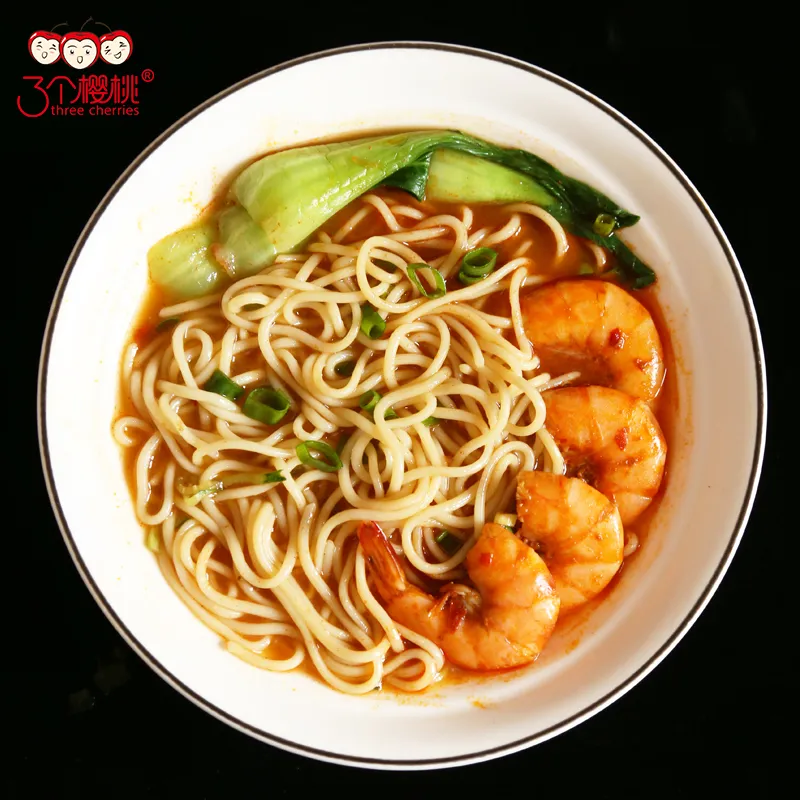what is the difference between soba and udon noodles
The Difference Between Soba and Udon Noodles
When it comes to Japanese cuisine, noodles play an essential role, and two of the most beloved types are soba and udon. These distinct noodles each have their unique characteristics, flavors, and cultural significance. Understanding the differences between soba and udon can enhance your appreciation for Japanese culinary traditions and guide you in choosing the right noodle for your dish.
Ingredients and Preparation
The primary difference between soba and udon lies in their ingredients. Soba noodles are made primarily from buckwheat flour, sometimes mixed with wheat flour to improve elasticity. Buckwheat is a gluten-free grain, making soba a popular choice for those with gluten sensitivities. The use of buckwheat gives soba its characteristic nutty flavor and a slightly firm texture. The dough is rolled out, cut into thin strands, and then cooked rapidly in boiling water.
On the other hand, udon noodles are made from wheat flour, water, and salt, giving them a completely different texture and flavor profile. Udon is notably thicker and chewier than soba, which makes it satisfying and hearty. The dough for udon is kneaded until smooth and elastic, then rolled out and cut into thick, flat noodles, resulting in a comforting bite that can absorb rich broths beautifully.
Texture and Appearance
Visually, soba and udon are easily distinguishable. Soba noodles are typically thin and often have a slightly rough surface due to the buckwheat flour. They can appear light brown to greyish in color, depending on the proportion of buckwheat used. Soba is often served either warm in a soup or chilled with a dipping sauce, showcasing its versatility.
Udon noodles, in contrast, are much thicker, with a smooth, glossy surface. Their creamy-white color and substantial size set them apart in bowls and plates. Udon is typically served in hot broth, although cold variations also exist. The texture of udon is resilient, making it perfect for soaking up the flavors of the accompanying sauce or broth.
what is the difference between soba and udon noodles

Culinary Uses
Both soba and udon can be enjoyed in various ways, but their applications often differ. Soba is frequently served cold as zaru soba, accompanied by a dipping sauce known as tsuyu, made from soy sauce, mirin, and dashi. This is particularly popular during the hotter months in Japan. Warm soba dishes, such as kake soba, can be served in a flavorful dashi broth and garnished with toppings like green onions or tempura.
Udon, with its thicker structure, shines in hearty noodle soups like kitsune udon, featuring a sweetened fried tofu topping, or yaki udon, where the noodles are stir-fried with a variety of ingredients. Udon is beloved in colder seasons and festivals, often served as comfort food that warms the body and soul.
Health Benefits
When comparing health benefits, soba has certain advantages over udon due to its buckwheat content. Buckwheat is rich in protein, fiber, and essential amino acids, making soba a nutritious option. It also has a low glycemic index, which can help in managing blood sugar levels. Udon, primarily being wheat-based, contains gluten and provides a different nutrient profile, offering carbohydrates that can be beneficial for energy.
That said, both types of noodles can be part of a balanced diet; it ultimately depends on personal preferences and dietary needs. Each noodle holds cultural significance and embodies the philosophy of simplicity and harmony found in Japanese cooking.
Conclusion
In summary, the distinction between soba and udon noodles goes beyond mere ingredients. From their components and textures to their culinary uses and health benefits, both noodles represent unique aspects of Japanese culinary art. Whether you choose the nutty, delicate soba or the hearty, chewy udon, both offer delightful eating experiences that can transport you to Japan with every bite. Exploring these noodles in their traditional forms or as part of modern dishes can deepen your understanding and appreciation of Japanese cuisine.
-
Unlock the Delicious Potential of Yam NoodlesNewsAug.11,2025
-
The Authentic Taste of Lanzhou NoodlesNewsAug.11,2025
-
Savor the Art of Hand Pulled NoodlesNewsAug.11,2025
-
Indulge in the Timeless Delight of Spaghetti BologneseNewsAug.11,2025
-
Indulge in the Rich Flavor of Braised Beef NoodlesNewsAug.11,2025
-
Elevate Your Meals with the Magic of Fresh PastaNewsAug.11,2025
-
Unleash Your Inner Chef with Delectable Italian Pasta CreationsNewsAug.01,2025
Browse qua the following product new the we

















































































































